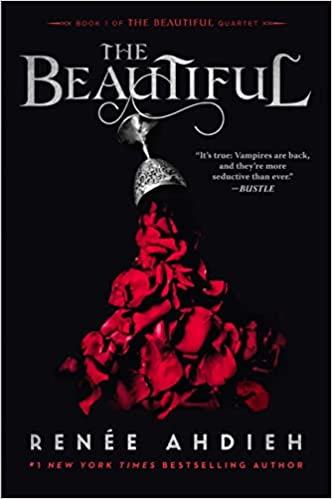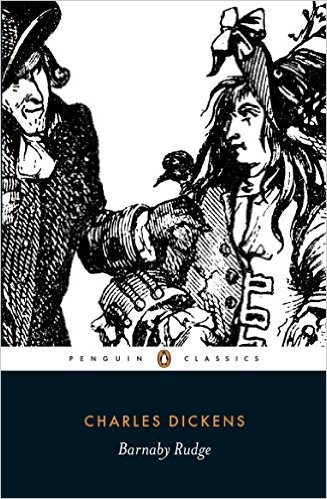
Vampires are back and better than ever in this first book in a quartet by Renée Adieh. Celine Rousseau comes to New Orleans from France to stay in a convent with other girls from Europe. Celine makes friends with one of the other girls, Pippa, but finds it difficult to fit in. Celine’s skills are not in the domestic space but rather in dress-making, which leads to Celine making a dress for a mysterious woman. With the promise to make this dress, Celine and Pippa are pulled into the world of the Court of Lions (La Cour des Lions) – the city’s glamorous underworld that meets above the expensive restaurant Jacques. Meanwhile, a killer is on the loose, and Celine is falling for Sébastien Saint German (Bastien), a beautiful young leader of La Cour des Lions. Things are not what they seem and may not be entirely human.
Set in 1872 New Orleans, things may not seem amiss at first. But once Celine delves deep into La Cour des Lions, she quickly realizes that there is something strange at work. The Beautiful doesn’t heavily feature vampires, as Adieh is setting up the world in which Celine enters New Orleans and tries to figure out where she fits in.
The worldbuilding isn’t heavy-handed at the beginning – it’s very easy for the reader to get quickly immersed in Celine’s backstory, how she interacts with others, and what she thinks of herself. It is hinted that there will be two love interests (Bastien and Micheal) for Celine. Bastien and Micheal are not over-flaunted as being interested in Celine, as can be common in other young adult novels, but are rather subtly placed. Celine’s inner thoughts help the reader figure out who she is more attracted to and her feelings for both men.
There are vague supernatural elements and hints throughout this novel that leave the reader guessing who is a supernatural being. The vampires are not revealed until the end of this novel, and we are left with more questions than answers. Hopefully, Ahdieh will answer them in the next book, The Damned. Since this novel is told primarily from Celine’s perspective, the reader is left to speculate about who (or what) Bastien and La Cour des Lions really are.
What stood out to me was how Ahdieh incorporated societal norms from the 1870s into her story, which gave The Beautiful a touch of historical accuracy. The historical aspect added to the overall worldbuilding and immersed the reader in the story. Ahdieh does a fantastic job of capturing the magic and diversity in New Orleans.
A copy of this book was provided by the publisher, Penguin Random House, for review.




